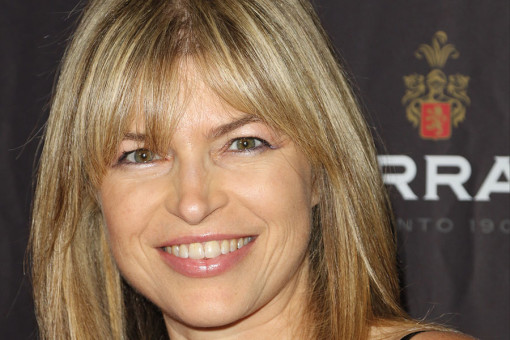As Colin Strause began his first Zoom production meeting for CBS's Fire Country, a real wildfire began to scorch the mountain behind his southern California home.
It wasn't until he signed off the meeting that he recognized the smoke wafting over his house and shrouding the afternoon sun in an orange haze. Others might have panicked, but Strause started taking notes.
The color variations, the dance of the smoke in the wind, the way the blazing heat warped the sky — they all proved useful for his work as visual effects supervisor for Fire Country. Now in its first season, the series follows a heroic CAL FIRE (California Department of Forestry and Fire Protection) crew and the incarcerated men and women who take up hoses in exchange for reduced sentences.
Strause, whose background is in cinematic blockbusters, works primarily on the back end, using CG to flesh out the raging fires. But his job begins before a single frame is shot, as he compiles a reference reel of real fire footage the production can use to conjure up its fictional infernos.
Constructing a convincing digital fire works best when the camera captures some real fire on set; it produces true-to-life lighting and movement that Strause uses to build his CG fires. Known as in-camera flame, it's not just for his benefit.
"When you set up a real flame bar in-camera next to an actor and they see a six-foot flame coming, you get real emotions from them — versus when it is a stick with a green screen ball on it that you tell them will be fire later," he explains.
Fortunately, the Fire Country cast is prepared to act alongside real flames.
"Their firefighter outfits are fireproof, so they can get pretty close," Strause says. "We had some scenes where the actors were within six feet of the flame bars. In other scenes, where we had much bigger burns, we would keep them ten to fifteen feet away."
When allowed, in-camera fires emerge from a flame bar that can be easily snuffed out, or from a gel (placed on props) that burns off in a few minutes. While fire may seem like the crucial element, there's something Strause says is even more important — smoke.
"It is easier for us to [digitally create] fires because it is more localized," he explains. "Smoke is much more difficult because it's everywhere. It's in shafts of light and it's wrapping around everything. For on-set special effects, smoke is their main thing, and then they try to give me fire.
To read about the creator and costar of CBS's Fire Country, click here.
This article originally appeared in emmy magazine issue #11, 2022, under the title, "The Fire Within."













